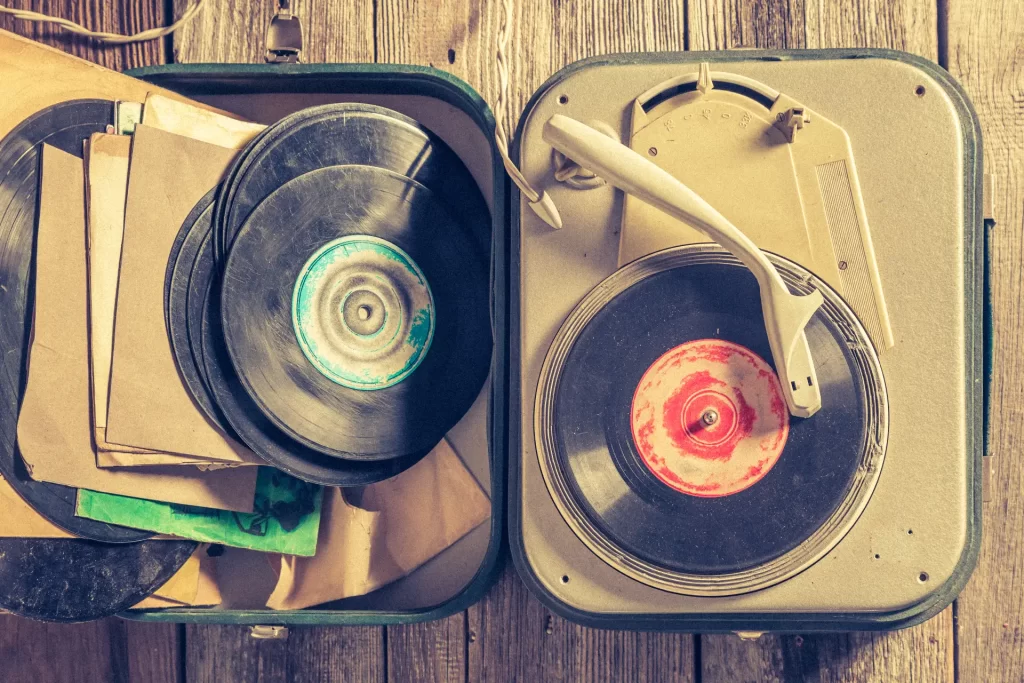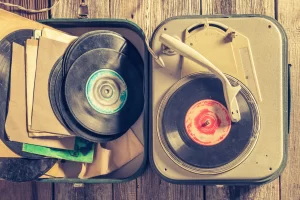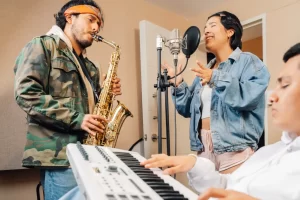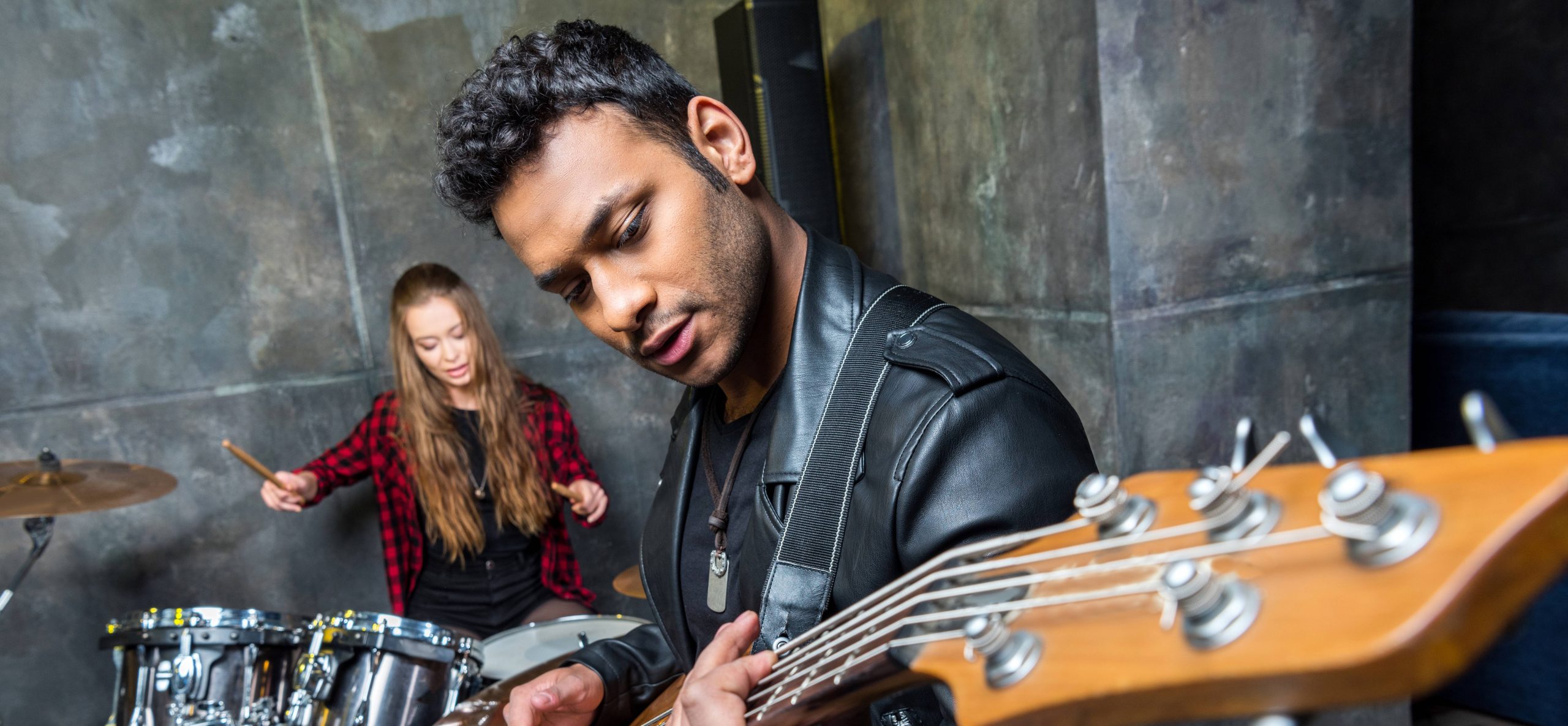Music is more than just sound. It’s a reflection of history, culture, and identity. Every genre carries a story, shaped by the social movements, technological advancements, and artistic innovations of its time. Yet, teaching music history to younger audiences can be challenging in an era where streaming platforms offer instant access to millions of songs without context. With short attention spans and a constant flood of new content, traditional teaching methods may not resonate with today’s digital-native generation.
However, making music history engaging isn’t about forcing facts, it’s about storytelling, connection, and discovery. Younger audiences are already interacting with history without realizing it: modern pop songs sample classics, TikTok revives forgotten hits, and artists frequently reference their inspirations. The key is to build on these organic touchpoints, using familiar sounds and platforms to guide them deeper into music’s evolution.
By blending multimedia resources, interactive learning methods, and personal narratives, educators, parents, and music enthusiasts can bridge the gap between past and present. Whether through curated playlists, engaging social media content, or hands-on experiences, teaching music history can become an exciting journey, one that helps young listeners appreciate not just where music is today, but where it came from and where it’s headed.
Understanding the Learning Preferences of Younger Audiences
Teaching music history effectively starts with understanding how younger audiences consume information. Unlike past generations who learned through textbooks or CDs, today’s youth engage with music through streaming platforms, social media, and short-form videos. With an abundance of content at their fingertips, they expect instant access to music and stories in a way that is visually engaging and easy to digest.
Attention spans have shortened, making traditional lectures or lengthy articles less effective. Instead, bite-sized content, such as TikTok videos explaining the origins of a genre or YouTube documentaries broken into short episodes, resonates better. Podcasts and interactive playlists also allow young listeners to learn on the go, making music history a seamless part of their daily lives.
Another key factor is interactivity. Younger audiences prefer to engage, not just consume. Gamified learning, such as music history quizzes, trivia challenges, and interactive apps, can make historical lessons feel like entertainment rather than education. Additionally, encouraging discussions, reactions, and even remixing old songs through apps like GarageBand or Soundtrap fosters hands-on engagement.
By meeting younger audiences where they are and presenting history in an accessible, engaging format, we can ensure that the legacy of music continues to inspire future generations.
Using Popular Music as a Bridge to the Past
One of the most effective ways to teach music history is by connecting it to what young listeners already enjoy. Modern artists frequently draw inspiration from past genres, whether through direct sampling, covers, or stylistic influences. By tracing these connections, we can help younger audiences discover the roots of the music they love.
For example, many hip-hop and pop songs incorporate samples from classic tracks. Kanye West’s Gold Digger introduces new listeners to Ray Charles, while Olivia Rodrigo’s Vampire echoes early 2000s rock influences. When young listeners realize that their favorite songs borrow from past decades, they become naturally curious about the originals.
Covers and revivals also provide an opportunity to bridge the gap between generations. Artists like Miley Cyrus and Harry Styles have covered classic rock songs, introducing them to new audiences. Even TikTok trends have revived forgotten hits, Fleetwood Mac’s Dreams went viral thanks to a skateboarding video, reintroducing the band to Gen Z.
By using today’s popular music as an entry point, we can guide younger listeners on a journey through time, showing them how music constantly evolves while still carrying echoes of the past. This approach makes history feel personal, relevant, and exciting.
Interactive and Hands-On Learning Approaches
Simply listening to music history isn’t enough, young audiences learn best when they can engage, interact, and create. Traditional teaching methods often rely on passive learning, but incorporating interactive and hands-on experiences makes music history come alive.
One powerful approach is leveraging digital platforms like TikTok, YouTube, and Instagram. Short-form videos explaining the origins of a genre, behind-the-scenes stories of classic albums, or side-by-side comparisons of original songs and modern samples can make history feel accessible and engaging. Apps like Spotify and Apple Music also allow for curated playlists that guide listeners through the evolution of a genre, from its pioneers to today’s top artists.
Gamification is another effective tool. Music history trivia games, lyric challenges, or “Guess That Sample” competitions encourage active participation while reinforcing historical connections. Platforms like Kahoot! or interactive quizzes embedded in lessons can turn learning into a fun activity rather than a chore.
Encouraging students to create their own remixes or mashups using apps like GarageBand or Soundtrap further deepens their understanding of how music builds on the past. By making history something they can touch, remix, and share, we ensure that younger generations stay engaged and excited about music’s evolution.
Storytelling and Personal Narratives in Music History
Music history isn’t just about dates and genres, it’s about people, movements, and emotions. Storytelling is a powerful way to make historical moments feel real and relatable to younger audiences. Rather than listing facts, weaving personal narratives into lessons helps bring the past to life.
Musicians’ personal struggles, triumphs, and influences make their music more meaningful. Learning how Johnny Cash’s tough upbringing shaped his raw storytelling, how Nina Simone used her voice to fight for civil rights, or how The Beatles revolutionized pop music with innovation and risk-taking allows young listeners to connect with artists on a deeper level. Documentaries, podcasts, and biopics provide rich, engaging narratives that make history more than just a subject, it becomes a story worth exploring.
Cultural and social movements also play a huge role in shaping music. Understanding how hip-hop emerged as a voice for marginalized communities or how rock ‘n’ roll challenged social norms in the 1950s helps students see music as a reflection of the world around them.
By focusing on the human side of music history, through letters, interviews, and behind-the-scenes stories, we turn historical figures into real people, making the learning experience far more compelling and memorable.
Encouraging Exploration Beyond the Mainstream
While mainstream artists and genres provide a great entry point into music history, there’s a vast world of music waiting to be explored beyond the biggest hits. Encouraging younger audiences to venture outside of their usual playlists helps them develop a deeper appreciation for different cultures, influences, and musical innovations.
One way to spark curiosity is by introducing influential but lesser-known artists who shaped entire genres. For example, many young rock fans know Led Zeppelin but may not be familiar with Sister Rosetta Tharpe, the gospel guitarist who laid the foundation for rock ‘n’ roll. Similarly, hip-hop lovers may recognize Tupac and Biggie but might not know about Gil Scott-Heron, whose spoken-word poetry influenced rap’s early development.
Global music exploration is another way to expand perspectives. Encouraging listeners to dive into Latin American salsa, West African highlife, or Japanese city pop can show them how different cultures have contributed to modern music trends. Creating global music discovery challenges, collaborative international playlists, or themed listening sessions can make this exploration fun and engaging.
By looking beyond what’s popular today, younger audiences can develop a well-rounded musical knowledge that fosters deeper appreciation, creativity, and cultural understanding.
The Role of Schools, Parents, and Mentors
Teaching music history isn’t just the job of educators, parents, mentors, and communities all play a crucial role in shaping young listeners’ appreciation for music’s past. By integrating music history into daily life, these influencers can help bridge generational gaps and make learning about music an organic, engaging experience.
Schools can incorporate music history into various subjects, not just music classes. History lessons can highlight the impact of jazz on the Civil Rights Movement, while literature classes can explore the poetic storytelling of folk and blues musicians. Hands-on activities, such as analyzing lyrics, attending live performances, or even hosting student-led music history presentations, can make learning more interactive.
Parents and mentors have a unique opportunity to pass down personal musical experiences. Sharing favorite records, attending concerts together, or discussing the cultural significance of different genres can create meaningful connections. Even casual car rides can turn into mini music history lessons by introducing younger listeners to classic albums or influential artists.
Additionally, community programs, local music festivals, and museum exhibits provide immersive experiences that deepen understanding. By making music history a shared, multi-generational experience, schools, parents, and mentors can ensure that younger audiences appreciate and carry forward the rich legacy of music.
To Sum It Up
Teaching music history to younger audiences isn’t about forcing them to memorize names and dates, it’s about making connections, sparking curiosity, and showing how the past influences the present. By using modern music as a gateway, integrating interactive learning methods, and emphasizing storytelling, we can transform music history from a dry subject into an exciting journey of discovery.
Younger listeners are already engaging with music history without realizing it, whether through viral TikTok trends, samples in their favorite songs, or artists covering classic hits. The key is to build on these moments and provide deeper context in a way that resonates with their digital-native lifestyles. Encouraging exploration beyond the mainstream and introducing global influences further broadens their understanding of how music has evolved across cultures.
Schools, parents, and mentors all have a role to play in shaping this appreciation. Whether through curated playlists, hands-on projects, or simple conversations, exposing young audiences to music’s rich history ensures that its legacy continues. Music is a powerful force that transcends generations, and by making its history accessible and engaging, we empower the next generation to appreciate, create, and carry its influence forward into the future.




